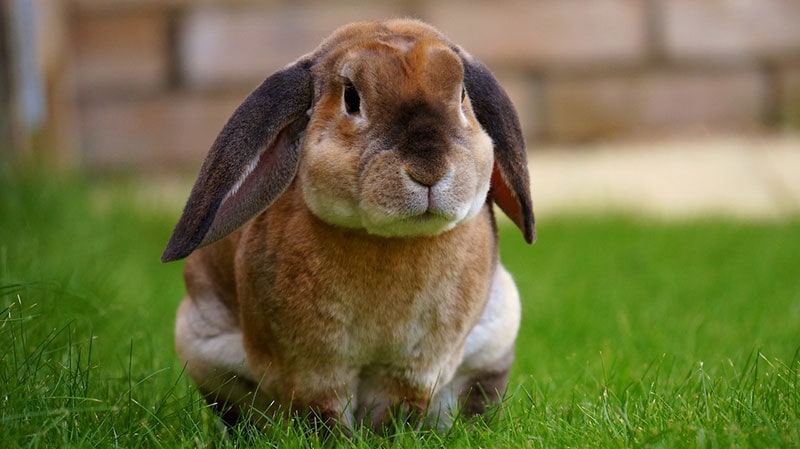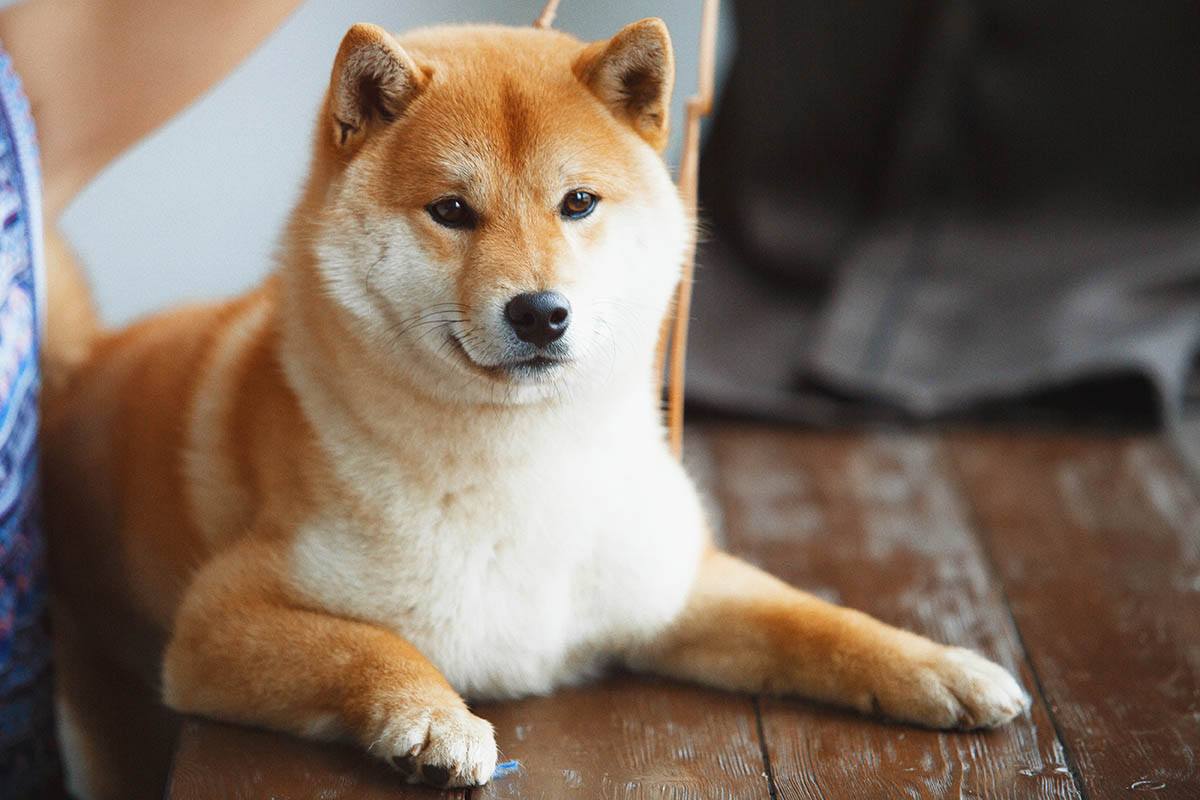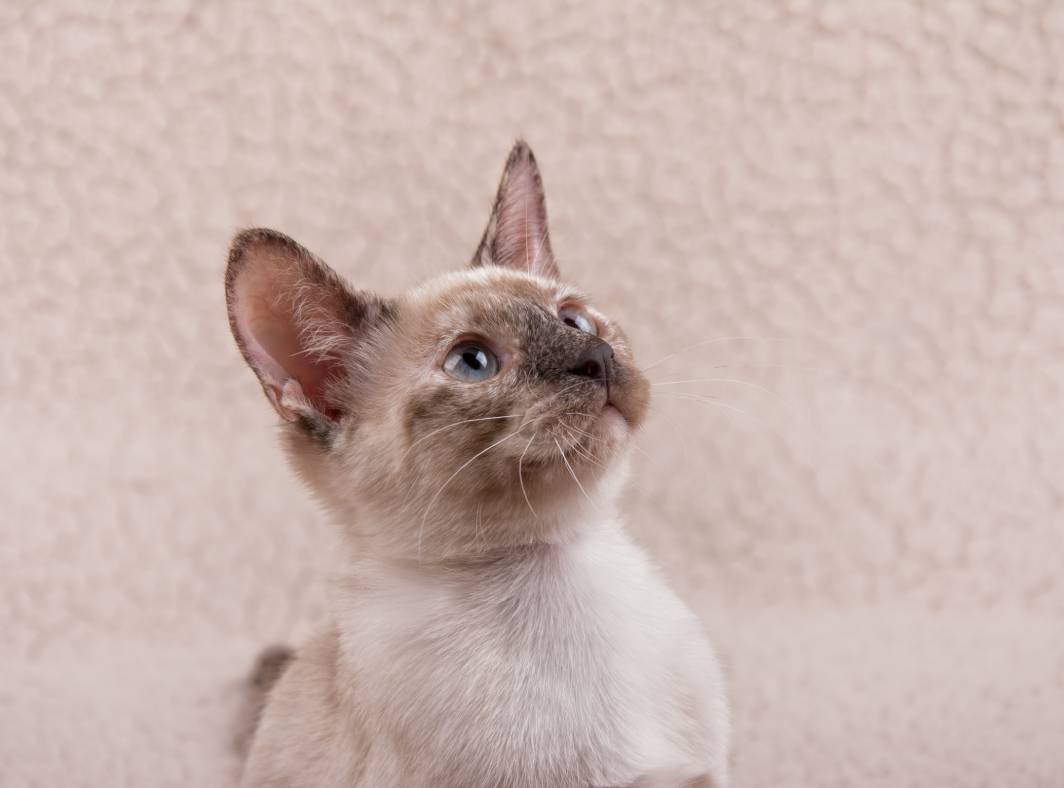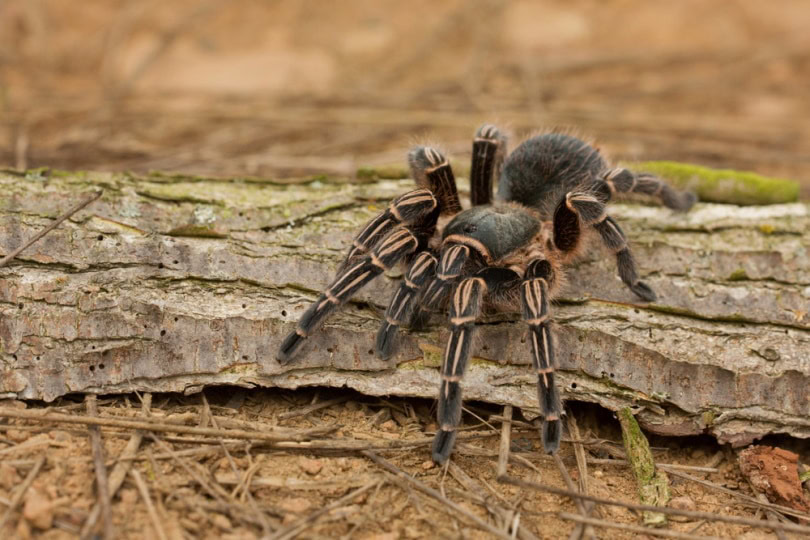Click to Skip Ahead
The Plush Lop Rabbit got their name because of their soft, dense coat that resembles and feels like plush fabric. These rabbits are available in miniature and standard sizes. The miniature was first bred in 1995, and the standard came later, in 2021.
Plush Lops were solely bred to be companion animals. They are docile and loving but can also be quite adventurous, so they require a secure hutch from which they cannot escape. While they make great pets, they might not be right for everyone.
| Size: | Miniature and standard |
| Weight: | 2 to 5 pounds |
| Lifespan: | 10 to 12 years |
| Similar Breeds: | Dwarf Lop, Netherland Dwarf, Standard Rex |
| Suitable for: | Families |
| Temperament: | Adventurous, docile, affectionate |
The Plush Lop is an intelligent and social rabbit. You need to make sure to provide plenty of play sessions and toys to keep them busy, as they can become bored if they aren’t stimulated properly. Exercise and playtime are essential for such a friendly rabbit. They can become attached to their owners, unlike some other breeds, so they require daily attention.
In this guide, we share everything that you need to know about the Plush Lop Rabbit so you can determine if they’re the right choice for you and your family.
Plush Lop Rabbit Breed Characteristics
How Much Do These Rabbits Cost?
You can expect to pay around $300 to $400 for the miniature Plush Lop rabbit. The standard will cost between $20 and $400. However, the price depends on your location and the breeder’s rates. There are exceptions, such as if the breeder is breeding rabbits for show or the rabbit has a rare color of eyes; in these cases, you’ll end up paying more for your furry friend.
It’s important that you check into the breeder you want to purchase your rabbit from thoroughly, since some breeders are not reputable and don’t treat their animals the way they should.
It might be possible to pick up a Plush Lop rabbit at a rescue shelter, but it’s highly unlikely. You can also check pet stores to see if they have any.
Temperament & Intelligence of the Plush Lop Rabbit
Plush Lops are bred to be pets, so they are docile and quite friendly. They become attached to their pet parents, unlike many breeds that are anxious and scared of humans. Known for being less skittish than most other breeds, the Plush Lop is easygoing and loves all the human attention they can get.
While this bunny is intelligent, they don’t learn tricks easily or obey commands. They can be trained to use a litter box and respond to their name, but they’re unlikely to perform simple tricks like some other rabbits can.
As with any animal, the rabbit’s personality must be considered when training. Some Plush Lops may be more accepting of your training sessions than others. Your best bet is to be patient and consistent and use positive reinforcement as praise when training your furry friend for the best results.
Do These Rabbits Make Good Pets?
Yes, both the miniature and standard Plush Lops make excellent pets. The good thing about this breed is that they are good pets for expert and beginning rabbit owners. They’re playful and inquisitive, and you won’t have a problem getting them to play with you when you’re at home. However, they may not be suitable for owners who don’t have time to play with them every day. Like attention-seeking dogs and cats, Plush Lops must interact with humans to be mentally fit.
Does This Rabbit Get Along With Other Pets?
The Plush Lop Rabbit is known to get along well with dogs and cats. However, they can become antsy when they first meet a new animal. It’s best to introduce your rabbit to your other pets slowly. Remember, most cats and dogs will see a rabbit as prey and may try to chase your furry friend.
You can socialize and train your other pets and Plush Lop when you bring your bunny home. This rabbit also gets along well with other rabbit breeds, though you want to introduce them slowly. In fact, rabbit breeders recommend keeping two Plush Lop rabbits together to prevent loneliness and boredom.
https://www.instagram.com/p/BodJwt-AaRM/?utm_source=ig_web_copy_link&igsh=MzRlODBiNWFlZA==
Things to Know When Owning a Plush Lop Rabbit
Now that you know more about purchasing a Plush Lop Rabbit, you need to know how to care for your new pet before buying one. We discuss the care requirements that are important to know here.
Food & Diet Requirements 🥕
You can expect your Plush Lop to eat a similar diet as most rabbit breeds. They are herbivores and cannot digest animal protein. The main meal you should feed your pet is hay. You should keep plenty of it in their cage, as it helps to wear down their teeth and keep them healthy. They also require a constant supply of hay because the fiber enables their digestive system to operate correctly.
The Plush Lop needs leafy greens, such as kale, cabbage, basil, and romaine lettuce, to be healthy. An ideal diet will consist of 75% hay, 15% leafy greens, and 5% or less of pellets. Pellets are packed with calories and should be served sparingly since they can lead to weight problems.
Besides meat, there are a few other foods to avoid feeding your rabbit. Although the list here contains vegetables and fruits that you might think a rabbit could eat, they’re actually toxic.
- Tomato leaves
- Potatoes
- Garlic
- Onions
- Avocado
- Cabbage
- Rhubarb
- Iceberg lettuce
Habitat & Hutch Requirements 🏠
The type of hutch and habitat for the Plush Lop will be determined by whether you’re keeping the rabbit inside or outside. In most cases, it’s best to keep this breed inside; however, they can be kept outside if you don’t experience sub-zero temperatures in the winter.
It’s important to note that keeping the little Plush Lop safe from the elements or predators is not as easy if the rabbit is kept outside. For indoor rabbits, it’s best to have a large enclosure with a solid floor. While you can have an enclosure with wire on the walls, you want the floor to be solid since the gaps can cause problems with your rabbit’s feet and be uncomfortable for them.
It’s essential to let your Plush Lop out to exercise daily to stay fit and trim. For outside rabbits, you’ll need a rabbit house that is securely enclosed with a good lock to keep the predators away. You can also provide an enclosed rabbit run so your pet can get outside and exercise without being in danger of being attacked by predators or running away and becoming lost.
Exercise & Sleeping Needs 🐇
Plush Lops are intelligent creatures, and they need plenty of exercise both mentally and physically. Ensure that your rabbit has plenty of tunnels to roam and toys to keep them mentally stimulated. Balls are a great source of exercise for rabbits, and they’re one of the cheapest toys to buy. Most Plush Lops will need at least 1 ½ hours of daily exercise to stay healthy.
They’re usually active between dawn and dusk, which means they sleep only 6 to 8 hours at a time. Plush Lops need a quiet area, whether inside or outside, to prevent stress and anxiety. Although they get along with other animals, it’s best to keep their hutch away from your other pet’s sleeping areas so they feel more comfortable and secure.
Training 🥎
While not that easy to train, the Plush Lop can be taught basic commands and how to use the litter box. It will take longer to train a rabbit than a dog, since these animals aren’t as willing to please their owners. Training sessions of between 5 and 10 minutes a day should suffice when training your furry friend. Sessions that are any longer could end with the rabbit becoming frustrated and failing to listen.
Grooming ✂️
Due to their lush fur, you can expect the Plush Lop to have moderate to high grooming needs. Since they molt twice a year, you’ll notice excessive shedding during those times. While you shouldn’t bathe your rabbit, you should brush them regularly to keep their fur from becoming tangled and matted. If your pet is dirty, there is a special dry shampoo designed just for rabbits.
Lifespan and Health Conditions 🏥
Your Plush Lop rabbit will live between 10 and 12 years if properly cared for. These are the health issues that you should be on the lookout for.
- Ear infections
- Parasites
- Respiratory infections
- Dental issues
- Gastrointestinal stasis
- Flystrike
Male vs. Female
There are few differences between the male and female Plush Lops. The male is slightly larger than the female. In most cases, he reaches around 5 pounds, while she never makes it over 4 pounds. Also, the female has a small fold of skin under her chin that helps her store fat, while the male does not.
3 Little-Known Facts About Plush Lop Rabbits
1. Mini Plush Lops Are Rare
Mini Plush Lops are rarer than the standard Plush Lops. They are prized for their small size and unique fur that sheds less than many other rabbit breeds.
2. This Is a Newer Breed
The Push Lop rabbit appeared for the first time in the 1990s. The mini Plush Lop was created first, and the standard Plush Lop came later.
3. Plush Lops Come in a Variety of Colors
The Plush Lop rabbits come in various colors, including smoke pearl, lilac, blue, black, white, chocolate, broken, and chestnut.
Final Thoughts
The Plush Lop Rabbit comes in two sizes: the mini and the standard. These rabbits make great pets for expert or first-time rabbit keepers. They are docile and friendly and easily become attached to their pet parents. If you’re considering adopting one of these rabbits, it’s important to note that they need a lot of attention and daily exercise to stay healthy.
Featured Image Credit: Mike Bird, Pexels











